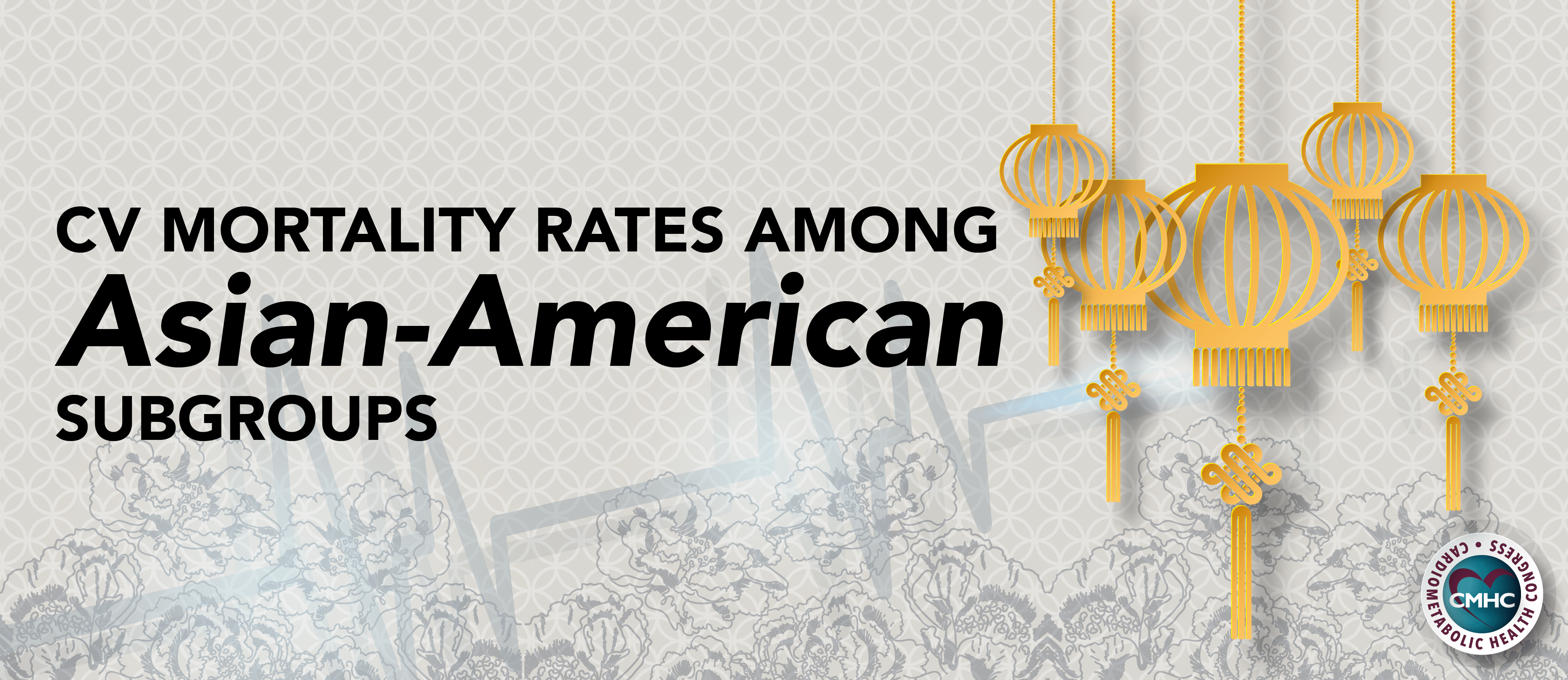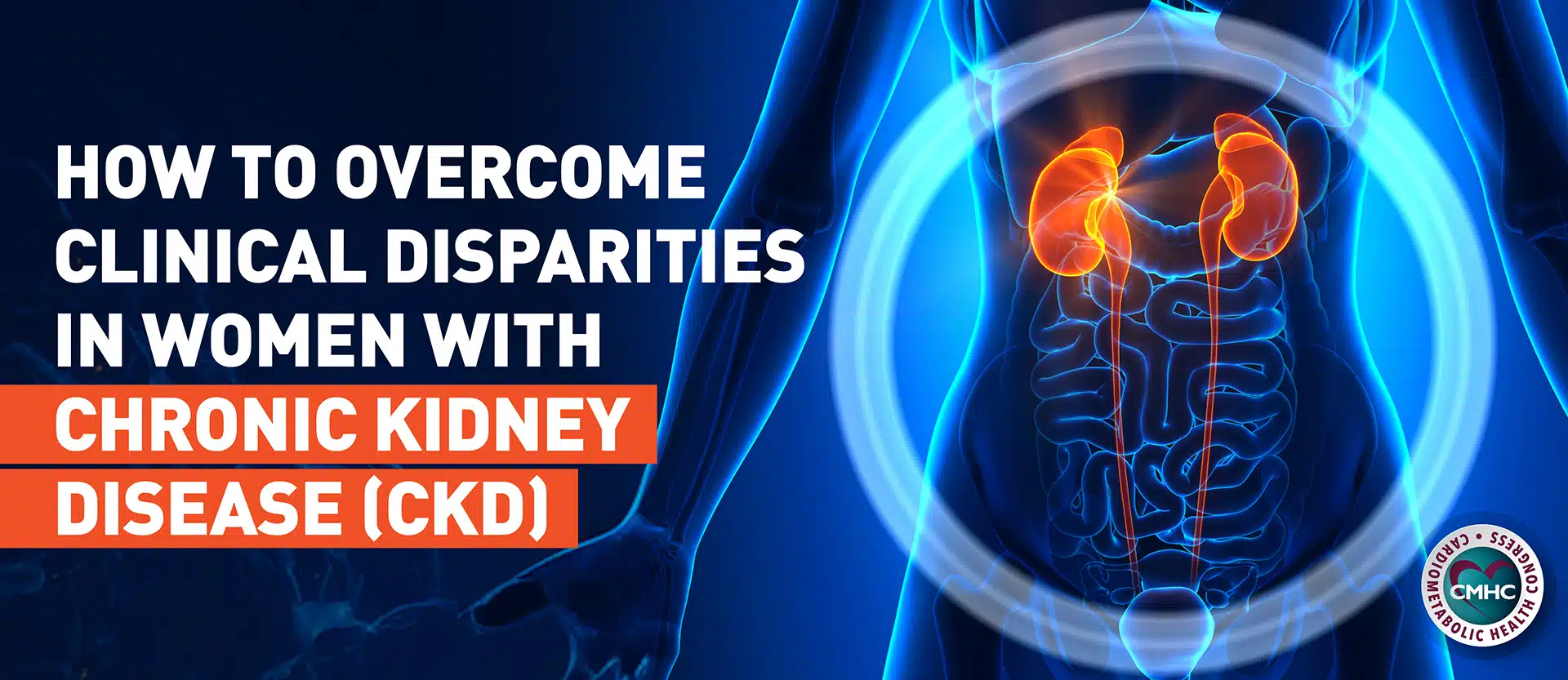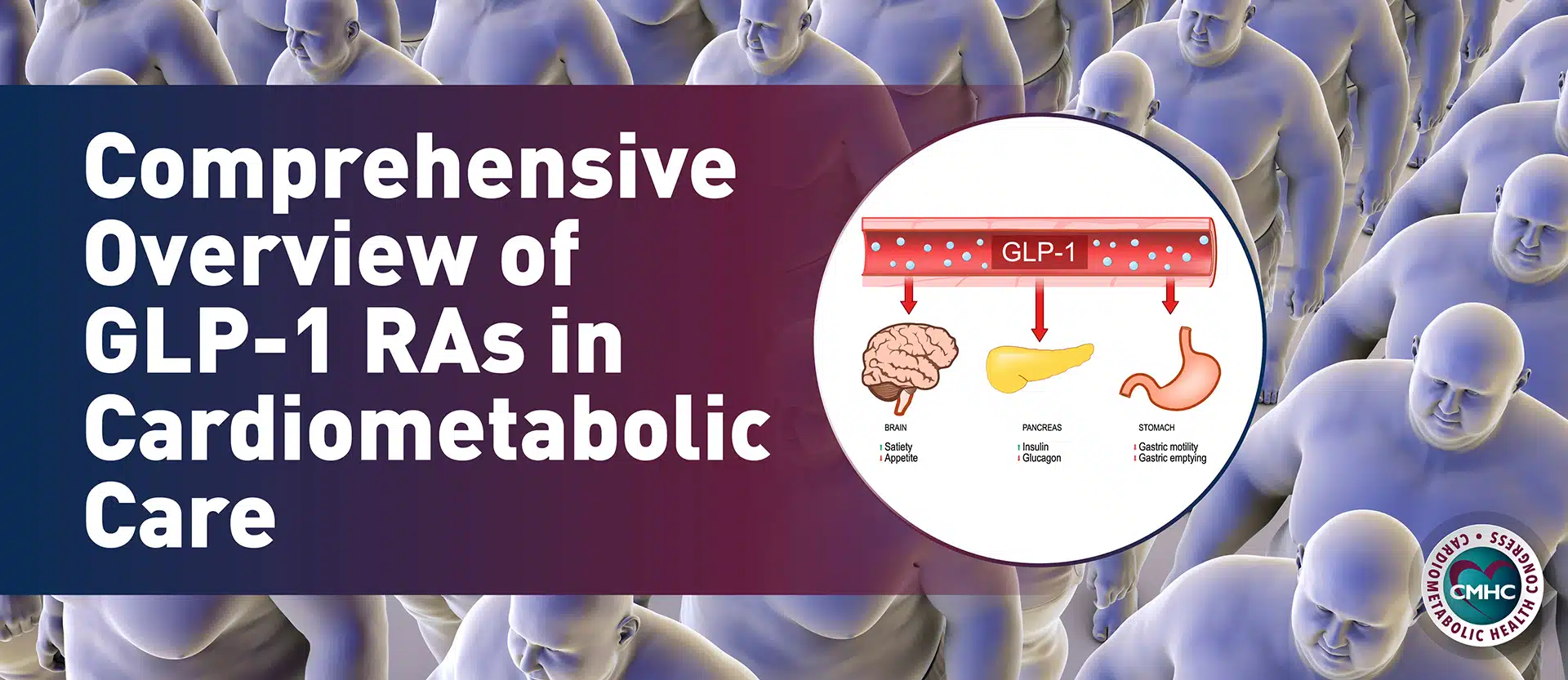To date, the majority of data on Asian-American cardiometabolic health is aggregated into the wide-ranging Asian subgroup and does not delineate the differences between specific subgroup populations – some of which are at a much higher risk of CVD than others. A new study aims to identify the specific risks targeting Asian-American subgroup populations by examining the years of potential life lost due to cardiovascular disease among the 6 largest Asian-American subgroups compared to those of non-Hispanic white populations.
While previous research was indicative of Asian-American subgroups being prone to the development of CVD risk factors at younger ages, this study reveals a comprehensive look at the health outcomes for each of the subpopulations: Asian Indian, Chinese, Filipino, Korean, Japanese and Vietnamese. As the first disaggregated calculation of potential life lost from CVD among Asian-Americans – fastest growing racial group in the U.S. – this study helps pave the way for future research in unmasking subgroup differences in various disease patterns.
Professor of medicine at Stanford University, Dr. Latha Palaniappan, led a team of researchers to assess years of potential life lost due to ischemic heart disease and CVD among the Asian-American subpopulations. Mortality data from the National Center for Health Statistics Multiple Causes of Death files were analyzed in order to calculate race-specific life expectancy, mean years of potential life lost, and the years of potential life lost per 100,000 population for each subgroup and compared to non-Hispanic white adults. Palaniappan and her team discovered a varied burden of cardiovascular disease contributing to greater premature death rates among Asian-American subgroups – with the highest rates affecting Asian Indian, Filipino and Vietnamese adults.
Asian Indians showed the highest burden of ischemic heart disease, with men losing 724 years per 100,000 population in 2012 and a mean of 17 years to the condition. Higher death rates and younger ages of CVD onset accounted for more than a decade of years lost, which may be in part due to a high prevalence of cardiometabolic irregularities and early onset type 2 diabetes in this population.
Vietnamese and Filipino men also lost a mean of 17 years of life to CVD, with Filipino men losing 352 years per 100,000 population in 2012 – the highest result across subgroups. Women from the Vietnamese and Filipino subgroups showed a mean loss of 16 years of life compared to non-Hispanic white adults. Additionally, men in every Asian subgroup lost more years of life to cerebrovascular disease than non-Hispanic white men.
According to Dr. Palaniappan’s research, all Asian subgroups for both sexes had higher years of life lost to CVD than non-Hispanic white adults. Years of life lost were calculated based on the comparison of age at death with average life expectancy, helping to quantify premature death. With this valuable metric, clinicians will be able to better estimate the impact of cardiovascular disease on the life expectancy of each ethnic subgroup
Although cardiovascular disease is one of the leading causes of death in Asian-Americans, there is a lacking scope of data on its effects on distinct ethnic subgroups. Previously, evaluating Asian-Americans as a whole led to underestimated CVD risk and burden which did not account for substantial differences between subgroups such as genetic markers, cultural practices, and lifestyle behaviors. As recent research has revealed, CVD and premature mortality rates vary between Asian-American subpopulations which emphasizes the value of disaggregated data. Understanding the differences between subgroups can help clarify disparities in health and CVD outcomes among them, as well as prompt research to help identify disease patterns in subpopulations.
In order to address these health disparities, further research is needed to analyze risk factors and determine subgroup-specific protocols for prevention, treatment and management. A comprehensive understanding of Asian-American subpopulation cardiometabolic health will better direct future efforts aimed at reducing cardiovascular disease-related mortality and CVD prevalence, as well as increasing life expectancy.


















